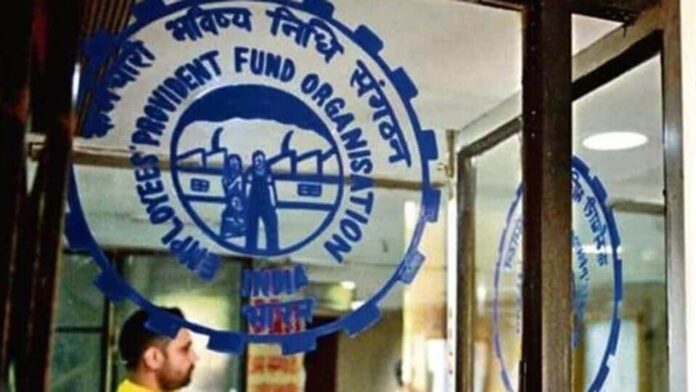Have you ever wondered how much pension the PF money deducted from your salary every month will translate into upon retirement? If not, then this news is for you. Around 7 crore people in the country are members of EPF (Employee Provident Fund), but most of them do not know how much pension they will receive after retirement and how it is calculated. A part of EPF goes into EPS (Employee Pension Scheme), which provides a fixed amount of pension every month after retirement.
What is the formula for pension from EPF?
Under the Employees’ Provident Fund Organization (EPFO) pension scheme, 8.33% of your employer’s 12% contribution is transferred to the EPS. However, this amount is not applied to your entire salary. Since September 2014, a limit has been set on EPS contributions; a maximum of ₹1,250 per month can be deposited into your pension account.
If your employer’s contribution exceeds this amount, that amount is transferred to your EPF account. This means that your pension amount is determined by this limited contribution, not your entire salary.
Who will not get the benefit of EPS?
Not every EPF member is eligible for the EPS benefit. If you joined the EPF after September 2014 and your basic salary is more than ₹15,000 per month, you won’t receive the EPS benefit. In such cases, your employer’s entire contribution goes directly into your EPF account. This means that employees starting new jobs or earning high salaries won’t benefit from this scheme.
How much pension can one get?
Under the EPS scheme, your pension amount depends on your service tenure and average monthly salary. However, making a higher contribution doesn’t significantly affect your pension, as the government has set the EPS contribution limit at ₹1,250 per month.
As per the current rules, the minimum pension under EPS can be ₹1,000 per month and the maximum pension can be up to ₹75,000 per month.
Will all the money deposited in EPF be converted into pension?
Many people think that the entire amount deposited in EPF will be converted into a pension, but the reality is different. Pension is only available from the EPS portion, and that too for a limited amount. By understanding this system, you can make better decisions in retirement planning and know how much savings you need in addition to your pension.
EPF is not just a source of savings, but also your lifeline after retirement. However, it’s important to understand its rules so you can know how much pension you will receive each month. Therefore, if you are employed, be sure to check your EPF and EPS status today.


